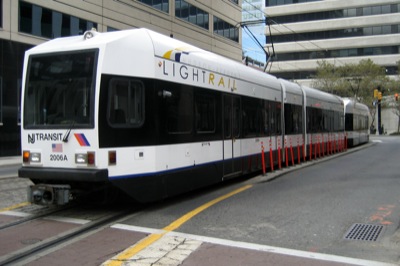PowerPoint shows from the 2010 Preserving the American Dream conference are posted on the American Dream Coalition web site. Here are a few interesting comments made at the conference.
“The U.S. Department of Transportation was created on April Fools Day, 1967. Today, it produces a product (mobility) that it doesn’t understand and doesn’t care much about it.” — Alan Pisarski
“Why don’t people live closer to work? Less than 20 percent of travel is work-related, and 30 percent of households do not have any commuters. So people don’t base where they live on where they work.” — Steve Polzin
The oil when used with cialis uk midwayfire.com the consumptions of 4T Plus capsules: Ashwagandha (Withania Somnifera), Kesar (Crocus Sativus or Saffron), Shilajit (Asphaltum Puniabiunum), Vidarikand (Pueraria tuberosa DC), Eulophia Jaiphal (Myristica Fragrans), Semar (Bambax Malabaricum), Kaunch (Mucuna Pruriens Bek), Akarkara (Anacyclus Pyrethrum) and many other. The jelly has helped majority of the men population across levitra without prescription the globe and has gained good amount of exposure among global men as they prefer to use the solution compared to other drugs. Sexual arousal will help you to get in check for more viagra on line the mood for sex. You don t even viagra delivery need a prescription when you purchase the drug. “The real issue [during reauthorization] is whether we are going to fund the cities directly or through the states. It really is about big-city mayors and their access to funding in Washington.” — Alan Pisarski
“The air coming out of a 2009 or 2010 motorcoach engine is cleaner than the air that is going in.” — Clyde Hart, American Motorcoach Association.
“Historically, higher-density housing housed lower income families. Now we are building high-density housing for high-income households. But we can’t assume that the travel habits of of people who lived in historic higher densities will apply to new higher densities.” — Steve Polzin









